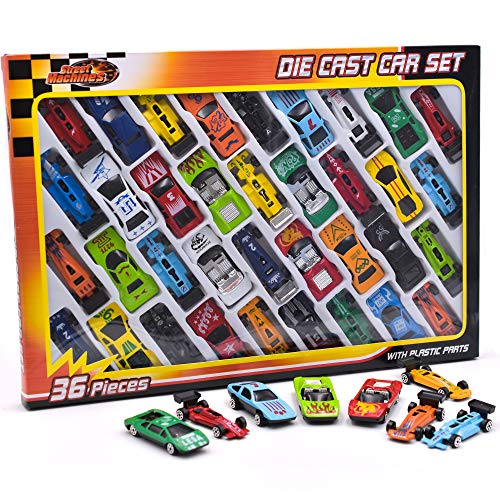Toy Cars: An Introduction
Toy cars have been a beloved plaything for children for decades. Whether it’s a simple friction car or an intricate remote-controlled race car, children of all ages are fascinated by these miniature vehicles. But have you ever wondered how these toy cars actually work? In this article, we will explore the basics of toy car mechanics and discuss the different types of toy cars available on the market.
The Mechanics Behind Toy Cars
Toy cars rely on the principles of physics and engineering to operate. The most common type of toy car is the friction car, which uses a simple mechanism to propel itself forward. These cars have small rubber wheels that create friction against a surface, allowing them to move when pushed or pulled.
Another type of toy car is the wind-up car, which utilizes a coiled spring mechanism. When the car is wound up, the spring is compressed, storing potential energy. When released, the spring unwinds, converting the potential energy into kinetic energy and propelling the car forward.
Remote-controlled cars are a bit more complex in their mechanics. They are powered by small electric motors and controlled using a handheld remote. The remote sends signals to the car, causing the motor to turn the wheels in the desired direction. The cars are often equipped with rechargeable batteries to provide power to the motors.
Types of Toy Cars
Toy cars come in various shapes and sizes, each designed to cater to different interests and age groups. Here are some popular types of toy cars:
- Friction Cars: These cars are the simplest and most common type of toy car. They rely on friction to move, and are often made of plastic or die-cast metal.
- Wind-up Cars: These cars require manual winding to store energy, and are a classic choice for young children.
- Remote-Controlled Cars: These cars are controlled using a handheld remote, and are popular among older children and adults. They can reach high speeds and often come with advanced features such as 360-degree flips and LED lights.
- Slot Cars: These cars run on tracks that have metal strips embedded in them. The cars have small brushes that make contact with the metal strips, providing power to the motor. Slot cars are commonly used for racing and can reach impressive speeds.
- Pull-Back Cars: These cars have a motor inside that is activated when the car is pulled back and released. The motor quickly spins the wheels, propelling the car forward.
The Educational Benefits of Toy Cars
Toy cars not only provide hours of entertainment, but they also offer several educational benefits. By playing with toy cars, children can develop their fine motor skills as they learn to maneuver and control the vehicles. They also learn about cause and effect as they experiment with different actions and observe the corresponding movements of the cars.
Toy cars can also be used to teach basic physics concepts such as friction, energy, and motion. Children can conduct simple experiments to explore these concepts, such as comparing the speed of different cars on different surfaces or exploring the effects of adding weight to a car.
Furthermore, toy cars can stimulate imaginative play and storytelling. Children can create their own narratives and scenarios, enhancing their creativity and language skills. They can also practice problem-solving as they navigate obstacles and challenges in their imaginary world.
Toy cars are not just playthings – they are educational tools that promote the development of various skills. Whether it’s understanding basic mechanics or promoting imaginative play, toy cars offer countless opportunities for fun and learning. So the next time you see a child playing with a toy car, you can appreciate the science and engineering at work behind the scenes.






